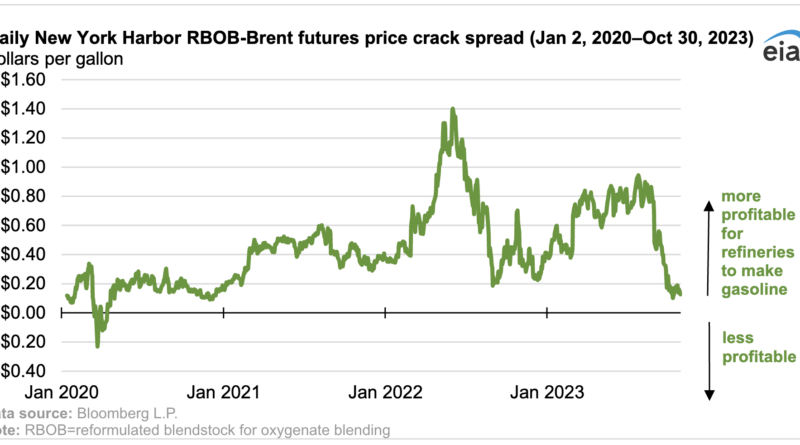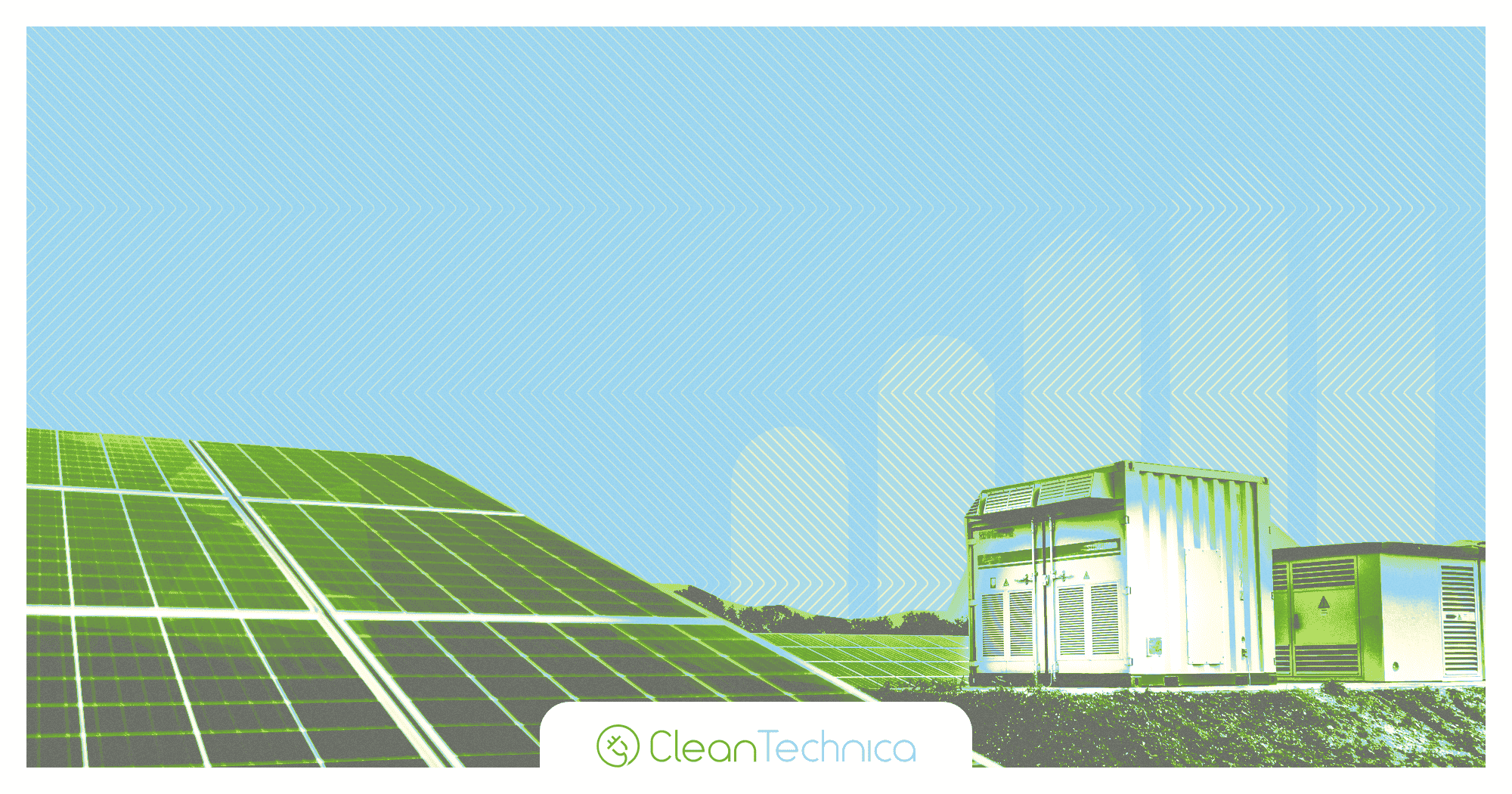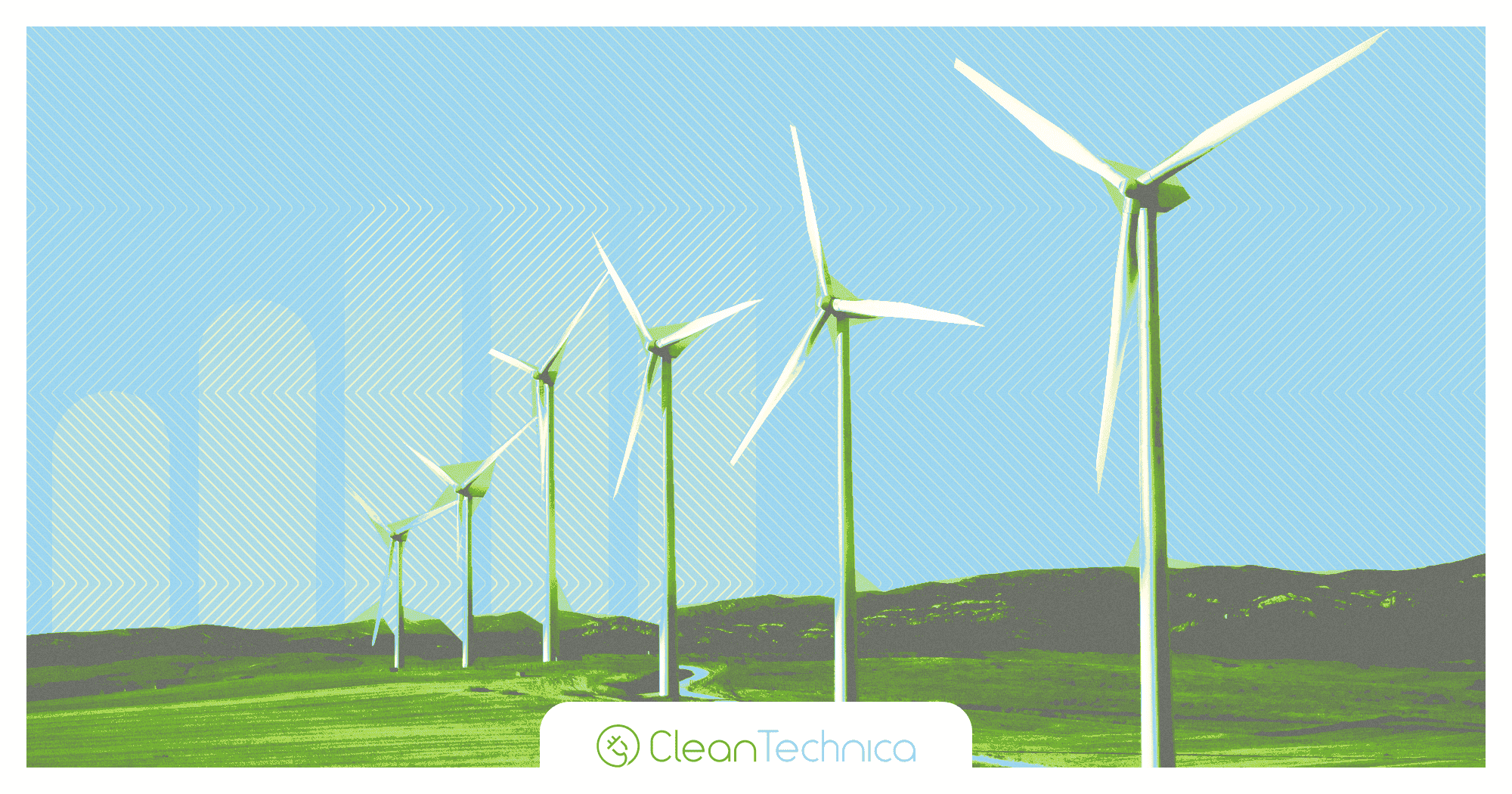Low U.S. Gasoline Demand Is Making Gasoline Less Profitable, Reducing Crack Spreads
Low gasoline demand in combination with the seasonal switch to winter-grade gasoline has made gasoline less profitable to produce, reducing the difference between gasoline blendstock and crude oil prices to multiyear lows in October 2023. The crack spread is the difference between the price of a wholesale petroleum product and the crude oil price, … [continued]










